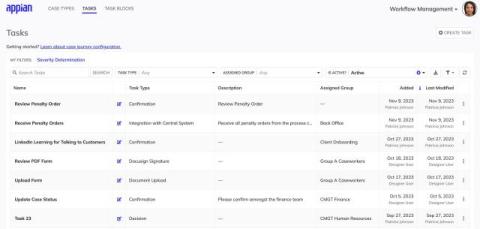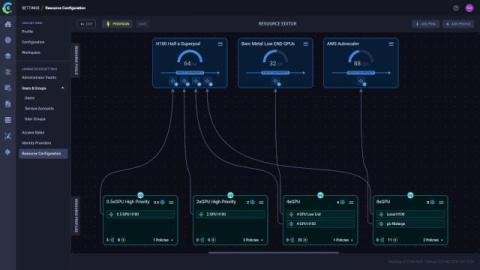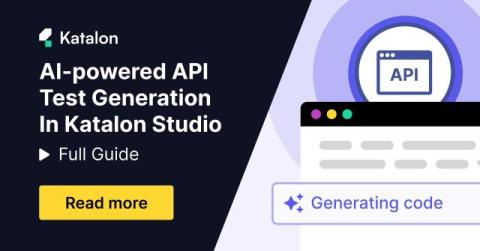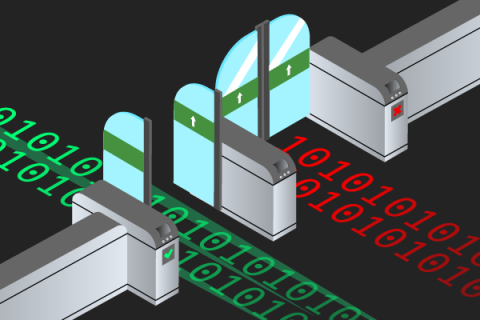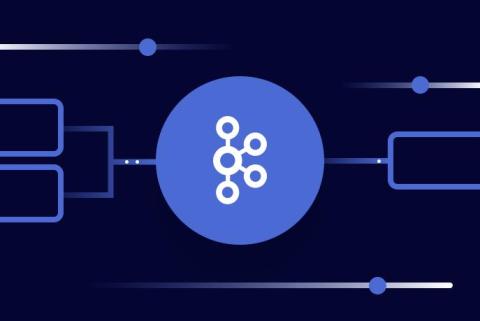Improve Your Incident Case Management Process: 5 Strategies for Success
It’s 3 a.m., and your system just went down—again. That’s a nightmare scenario for any IT leader, whether due to a technical glitch or a security incident. This is exactly why incident case management matters. Think of it as air traffic control for your IT environment. Planes in the sky, tickets in the system—both must land safely. Incident case management is about tracking and managing those tickets—incidents—to ensure they get resolved swiftly.


